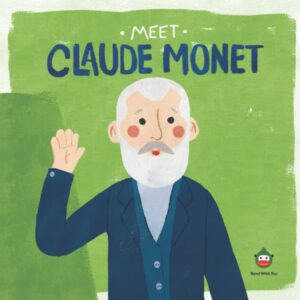Theo Tatterly has a special gift. He can see ghosts and help them peacefully transition to the next world. He comes from a long line of people with magical abilities and both the living and the dead reside in the ancestral home in South Carolina. Theo, as the last male in the line, is the main target of an evil force who wants to oust them from that home. If he wants to save it, he will have to stay clear-headed and call on his cousins for help.
The Fall of the House of Tatterly by Shanna Miles has an interesting premise. A 12-year-old boy finding his talents and working to save his family. The community he’s part of has many ways to protect themselves from being discovered and harmed, but even so forces of evil work against them. There’s a strong family connection, with multiple generations living in the same household.
I found the story more interesting in the beginning, when the author was creating Theo’s world and establishing his relationship with his friends and cousins. But as it went along, I got confused by the plethora of aunts and their abilities, as well as other characters who made brief appearances. Also, magical creatures sometimes showed up, and I wasn’t sure of their purpose.
Personally, I love fiction set in the South, and I thought the author did a nice job of evoking the possibility of an alternate reality in a mysterious place. The story was not for me, but I can see how young readers may ignore the issues that bothered me and enjoy reading it.
The publisher provided a copy of this title in exchange for my honest review.








